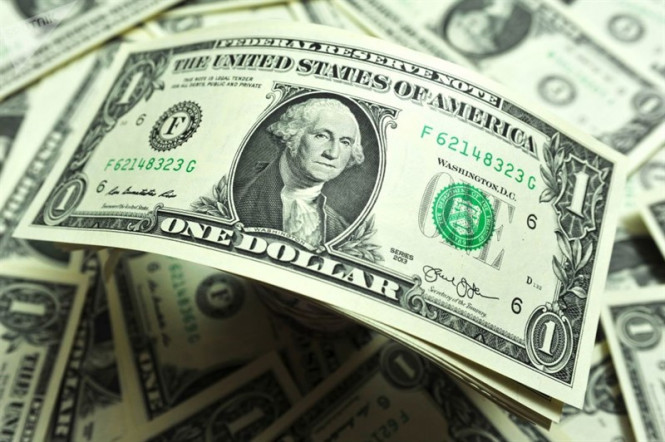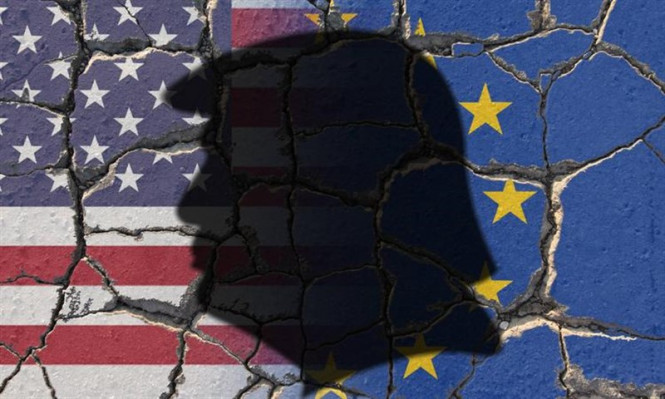
It's amazing how fast the scenery is changing in the financial market. At the beginning of the year, investors were encouraged by the conclusion of an interim trade agreement between Washington and Beijing. Against this background, the MSCI index of world stocks increased by 3% by the end of the first week of January. On the other hand, the inversion of the yield curve of the Treasuries was safely forgotten. Nobody remembered the threat of a recession in the United States, and everyone praised the American Central Bank for its preventive cycle of monetary expansion. The outbreak of the coronavirus in China literally turned everything upside down.
Thus, some experts argue that the new epidemic is not as dangerous as the previous ones, but globalization and an increase in China's share of world GDP since SARS 2003 (from 4% to 17%) are fueling panic in the markets.
Bloomberg analysts predict that economic growth in China will slow down from 5.9% to 4.5% in 2020. Meanwhile, specialists at Barclays, Oxford Economics and UBS do expect to see it below 4%.
Due to another inversion of the yield curve, the derivatives market began to lay in the quotes the 50% probability of two acts of monetary expansion by the Fed in 2020. However, the increased demand for defensive assets and positive statistical data in the USA support the dollar.
The currency market has changed, but will the coronavirus epidemic push the idea of long-term longs of EUR/USD? This idea is based on expectations of an acceleration of the eurozone economy due to the ceasefire in the trade war between the United States and China, as well as a slowdown in US GDP due to problems associated with the Boeing airline. Judging by the latest survey of Reuters experts who predict a 4% increase in the euro against the US dollar by the end of 2020, no, but if we take into account the decrease in the main currency pair to the base of the 10th figure, then yes.

It is noteworthy that the coronavirus prevented Donald Trump from unleashing a trade war with the European Union. It seems that the head of the White House understands that his activity on this issue could lead to a fall in the American stock market, which will not be the best news in the run-up to the presidential election. At the same time, he does not abandon attempts to weaken the dollar, including through the introduction of a mechanism for complaints by companies from the United States about the competitive devaluation of currencies. Moreover, Washington received the right to impose duties even on those states that are not included in the black list of currency manipulators. As recent history shows, the introduction of trade tariffs leads to the strengthening of the dollar, and not vice versa.
The rapid rise of EUR / USD at the end of January returned the hope of the "bulls", however, the inability of the pair to break above the level of 1.1100 was a sign of weakness of buyers. The latter can only rely on disappointing statistics on the US labor market in January, which will allow quotes to return above 1.1050.
Meanwhile, one of the best performers of Tuesday among the G10 currencies was the Australian dollar. The desire of the Reserve Bank of Australia (RBA) to just observe allowed the pair AUD/USD to demonstrate the strongest daily growth since early December.

Following the January meeting, the regulator, citing the need to assess the consequences of a weakening monetary policy in 2019, decided to keep the interest rate at the same level - 0.75%. The Central Bank mentioned possible risks for the national economy in the form of coronavirus and forest fires, but left forecasts for economic growth in Australia for 2020 and 2021 almost unchanged (at 2.75% and 3%, respectively). This allowed the bulls to go on a counterattack on AUD / USD.
Given the improvement in recent macro statistics coming from the country, it is possible that the RBA may refrain from changing its monetary policy in the coming months. This is a positive factor for the Australian dollar, which has significantly fallen in price over the past two years.
At the same time, the Aussie bears believe that the central bank is too optimistic. According to them, the influence of China on the economy of the Green Continent has increased significantly since the SARS epidemic of 2003. If then China accounted for 7% of Australian exports, but now it is 33%. Therefore, given the potential slowdown of China's GDP in the first quarter to 4.9%, Australia doesn't shine anything good, and the Aussies will most likely remain under pressure with a tendency to further weaken.
In the event of further decline in the pair AUD / USD and the breakdown of support of 0.6680 (low of 2019), the targets will be the levels of 0.6600 and 0.6500.
On the other hand, it makes sense to form long-term "longs" at AUD / USD at a breakthrough of resistance at 0.6775-0.6795 if we proceed from the fact that the peak of the coronavirus epidemic will be passed in the second half of February.
The material has been provided by InstaForex Company - www.instaforex.com